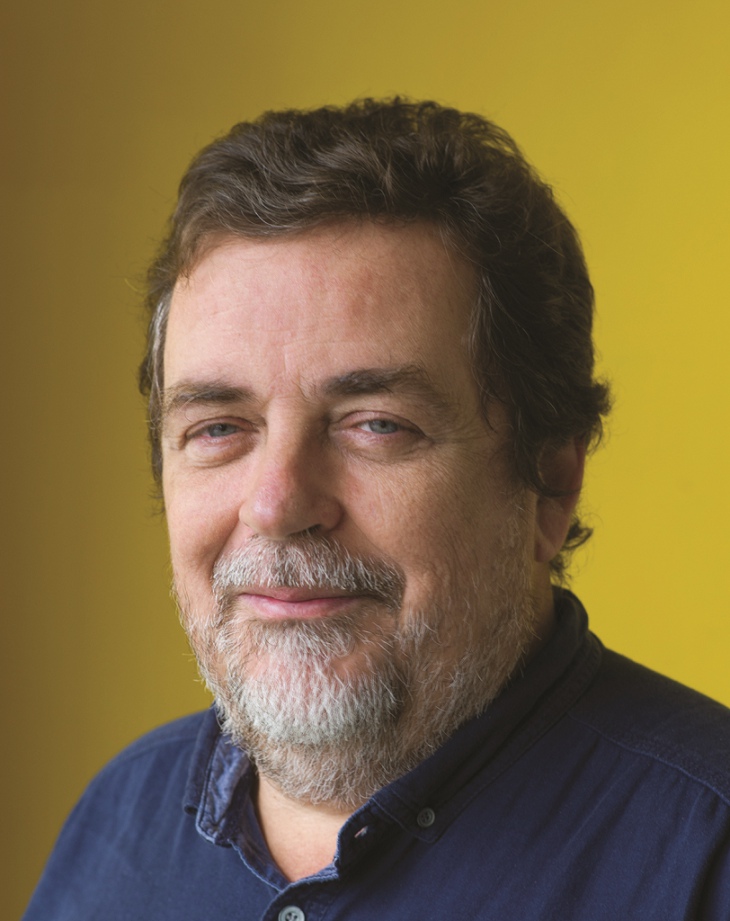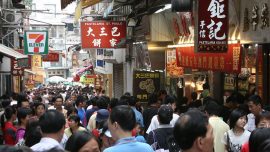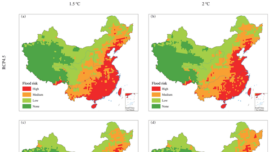
José I. Duarte
Economist, Macau Business Senior Analyst
Few words were possibly more often uttered about the Macau economy in the last four decades than “Diversification.” What were the Cotai area development plans’ aims if not providing additional space for the city’s perceived needs in population growth and its desired economic diversification? Who still remembers that railways were once planned next to the airport and the Ka Ho port?
Reality is often mischievous. Since then, the city’s dependence on its gambling sector has only increased. The allure of the opportunities opened by the end of the sector’s monopoly was difficult to resist, an attractiveness only amplified by the death foretold of the textile industry in the first decade of this century. How convenient was the wheel of fortune (no pun intended) adding almost five hectares to the region’s (crowded) landmass while Coloane was still untouchable?
Fast forward, and the city has, at last, a much-awaited plan for its economic diversification. That helps clarify what we are talking about. Diversification is a broad concept, indeed. Desirable in principle but difficult to define precisely, let alone quantify or measure. Without surprise, the aim of diversification is usually stated in public documents with qualifiers: “adequate” in Portuguese or “moderate” in English.
The Statistical services in the region recognize that difficulty. Their “Analysis Report of Statistical Indicator System for Moderate Economic Diversification of Macao” – published annually since 2015 – includes a wide array of indicators to monitor that feature’s evolution. It is an acknowledgment of the complexity of the concept and a sure indication that its scope or limits are not easily grasped or measurable. Further, when the indicators are numerous and, in some cases, strongly correlated, how do you sum up or balance changes that may appear contradictory?
That difficulty is also present in the diversification plan for the period 2024-2028, published in late 2023. Yet it seems to sidestep that issue somewhat, bringing to the top a straightforward indicator – the economic share of non-gambling economic activities. It should rise by 2028 to “about 60 percent” of the economy – that is, the gambling sector’s weight should hang at around 40 percent. If we leave the atypical COVID era aside, that target implies a decrease in the sector’s share of total GAV by about ten percentage points within five years compared to 2019. It does not seem unreasonably challenging, barring big exogenous surprises.
As a quotient, that indicator depends as much on what happens in the numerator (gambling GAV) as in the denominator (region’s GAV). The boundaries and structure of the sector, including its satellite activities, may also be affected by changes or adjustments in terms of classification, but let us leave that issue aside here.
Of course, a sharp decrease in the denominator should not cause the indicator’s positive evolution, as happened during COVID, when the quotient suffered a much more substantial hit as gambling revenue plummeted. That would be an impoverishing evolution, which we assume no one is looking for – much less the administration, whose finances would be severely hit.
So, over time, other economic activities that are not correlated to the dynamics of gambling should increase their weight and provide a rising share of the region’s income. Gambling’s share (and size?) would then decrease, according to expectations, without reducing the region’s welfare. As argued above, that path, in the simple terms stated, seems within reach – but will come with a caveat. It is usually accepted that when an indicator becomes a policy target, it will often cease to be a good indicator. Prudence in future analysis will, therefore, be warranted.
























